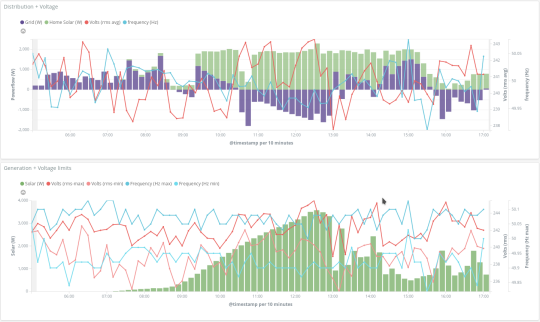Mitsubishi PHEV
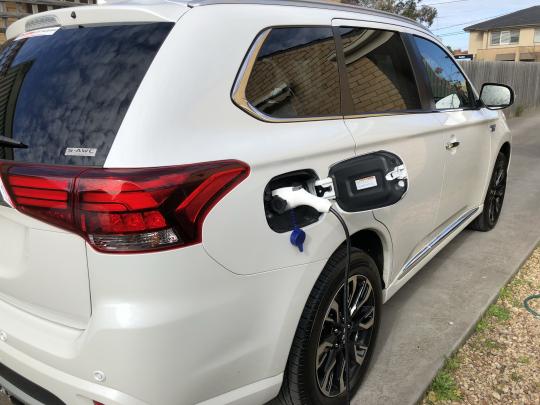
Charging on solar power from the array (on a winter's day).
Some general comments (because this page is a continuing work):
- Technical Service Bulletin TSB-17-00-014
- Access to service menu from the MMCS in dash console.
Warning: following these instruction could brick your entire car! - 200K PHEVs sold world-wide so far
- Workshop
manuals 2013-2019 PHEVs
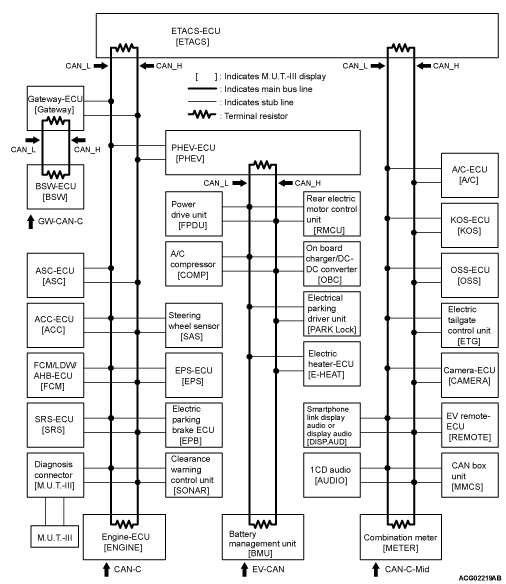
So some 30 computers or there abouts. - March 2019 - I put fuel in the car for the Internal Combustion Engine. Only 20 litres though. Last time I filled was in Colac, Victoria when I came within 5km of flat batt and no fuel (long story - of confusion over distances - moral: always trust the computer not friends). That was back in early January. Once the fuel sits there for more than 3 months the ICE will turn on and burn it up no matter what. So I figure when in the city I'll only half fill from now on.
BTW, the Colac experience shows the real fuel tank capacity is 40 litres for the 2018 model. It ran empty till the ICE shutdown (running the fuel tank dry is not a recommended operating procedure - essentially because the fuel pump becomes exposed and cannot be cooled by being immersed in fuel). - Feb 2019 - Zappi car charger installed. Claims made by Zappi that it can be set to only use solar power are verified. See the Zappi page here. It really is the killer app as claimed.
- Dec. 2018 - Completed another Melb-Syd-Melb trip electing to take the car over the plane to the work Xmas party. Successfully resolved the regenerative braking issue with the help of a collegue.
The answer is quite simple. I printed a sticker and attached it to the car. The font is small enough so you need to be tailgating to read it. Worked like a dream. My colleague helped with the wording because my first attempt made him "want to punch my head in". Apparently it sounded like: "listen poor person back off, I'm in this really cool EV".

Here is the PDF you can use to print your own stickers: Regenerative Braking stickers
- Nov. 2018 - So just back from a drive Melb-Syd-Melb for the Sydney to the Gong ride. Mostly on petrol but the electric kicked in going up hills when the 87Kw ICE wasn't enough. Held 110km/h easily.
So here's the thing: When going downhill (long hills) the regenerative braking kicks in (adaptive cruise control) and charges the battery. Yeah, so what, you say. Well turns out there was an identical Vic registered PHEV (except black) that overtook us. We ended up following him a few cars back down a big long straight hill. The car was in regen mode like ours. But guess what, the brake lights were on all the way down the hill.
Well, the cars behind went crazy. That's when I noticed this huge truck with two trailers getting really close. Same thing, the driver went nuts. My son ended up taking video of him driving dangerously close, which might end up being posted somewhere. When the driver saw the video being made he backed right off, allowing two or three cars between.
This started an extended discussion around so called professional drivers that don't know about regenerative braking in electric cars. Mere humans can be forgiven, as we expect them to not know such a thing can be done. However, full time professional drivers behaving dangerously raises some serious questions around the safety of this type of technology.
The worst offenders appeared to be heavier vehicles. People towing boats, caravans, large trucks etc. where they are pretty much unable to control downhill speed. Actually there is an incentive to roll down as fast as you can because, unlike an EV, there is literally nothing you can do with the energy, except heat up the brakes. As least if a conventional vehicle rolls down fast it might recoup the wasted enery going up the next hill or roll for a while on the flat.
" Regenerative Braking Is One Of The Joys Of Driving An EV"
One person said EV owners could be classified as "two foot" drivers by dangerous road users that don't know about regen braking.
- All reviews that state this car can produce 87KW + 60KW +60KW = 207KW at the wheels (being the 4 cylinder petrol + rear motor + front motor) are total BS as per the car's manual, which (for the benefit of such reviewers) clearly states that the onboard computer prevents such a situation arising.
- The sound system as delivered in Australia is (to put it mildly) crap. US models get a
Rockford Fosgate 710 watt 9 speaker premium system.
- Various comments on Twitter etc. claiming electric cars in Australia effectly run on coal are written by people with zero technical knowledge as demonstrated by the above charging profile. It clearly shows the car being recharged from the sun! Caveat: this is Melbourne and the sun is sometimes obscured by clouds in winter (lol - a lot). On such days the car is indeed charged by dirty old coal (which is why I chose a partially cloudy day to graph which demonstrates the extent). I believe this can be managed. A simple strategy is to look at the sky and plug the car in.
- Some pundits claim the car's battery is too small and the home charger provided is too small and slow. In fact the battery is well tuned to a typical home with a "normal" solar installation of 4 to 5KW. The charge times of 4 to 6 hours (about 50 km/day) seems fine for now. Any larger and the solar would not cope requiring grid power.
However, I work from home so I can leave the car plugged in and on timed charge mode, so it works OK for me, plus the battery is new (honeymoon period of sorts).
Obviously this does not apply to Tesla cars with their battery being 10 times bigger, requiring a solar system 10 times the size. This is a key point, Mitsubishi have engineered and dimensioned a product that works in Australia now.
- Short trips don't run into the old clunker issue of cold running. There is no warmup period.
Rear wheel drive motor

The rear drive motor is reportedly a complete i-Miev assembly rated at 60kW. It differs from the front motor in that this one is not oil cooled. It looks like there are water hoses there for cooling, which given an induction motor's efficiency is between 85 and 97% , means some 9kW max heat needs to be disipated when I floor this thing. It was reported somewhere that this model (2018) has new motor mountings compared to earlier units.
My son noted that he could feel the floor in the back seat vibrate from a standing start (when floored in a sort of digital launch control sequence) - low speed high power. It does sound a bit like a Melbourne tram when it accelerates from rest. I'd be surprised if that was mechanical noise however because car makers avoid straight cut gears for just that reason. I'd guess it's inverter buzz making its way up at low speed (note to self: find cutaway of i-Miev motor assembly).
So here's an X-Ray image of the i-MiEV. Here it's plain to see where the current PHEV battery and rear motor layout comes from. (Which I must say makes me feel warm and fuzzy, as the 2018 PHEV descendant is clearly in its third or fourth generation by now.)
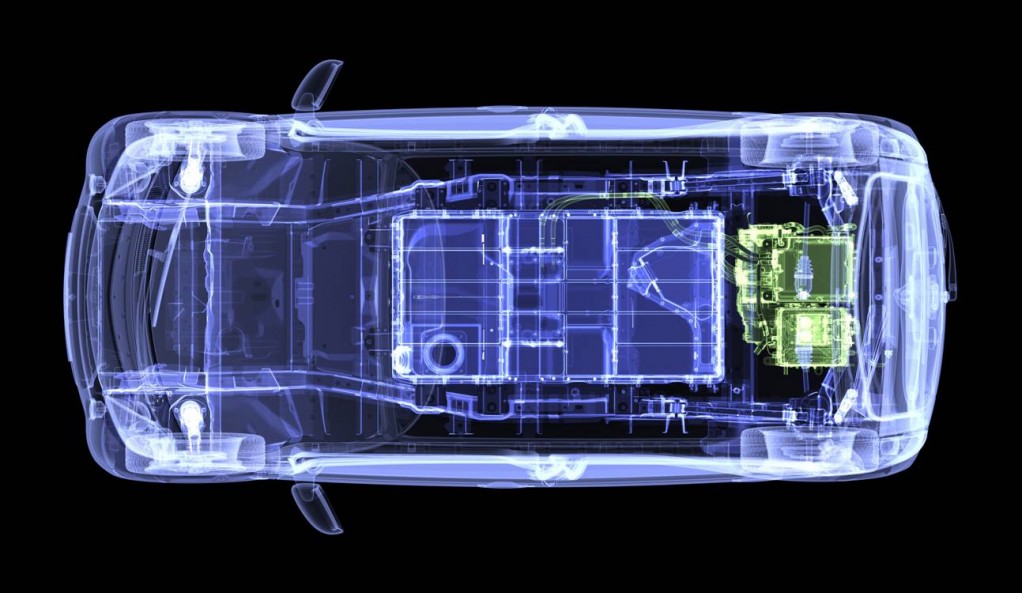
PHEV with a complete i-MIEV rear drive, fuel tank, battery and front ICE/Motor/Generator/
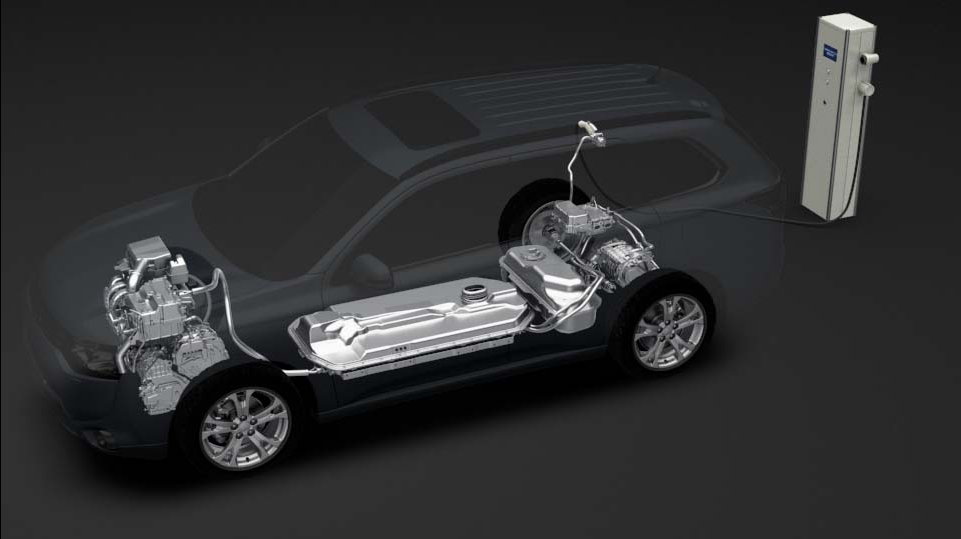
And here's a teardown exposing some issues which one can only hope Mitsubishi have fixed up.
The motors
Rear PHEV motor
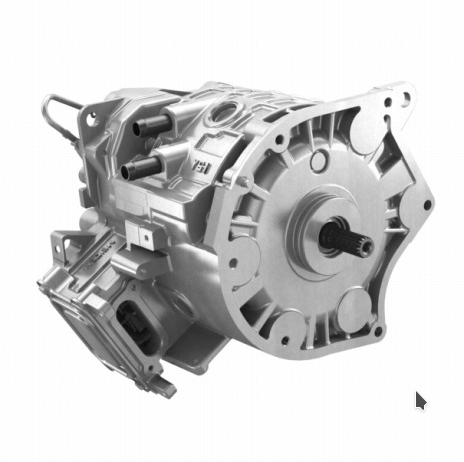
Early i-MiEV version
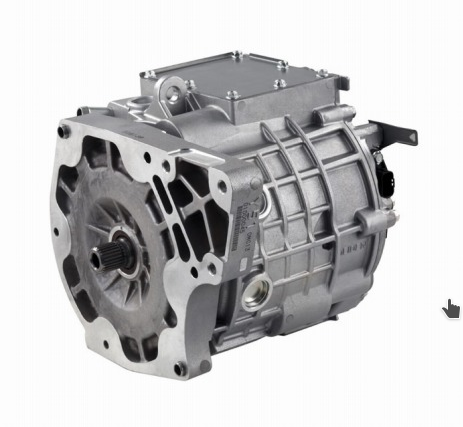
Later i-MiEV version
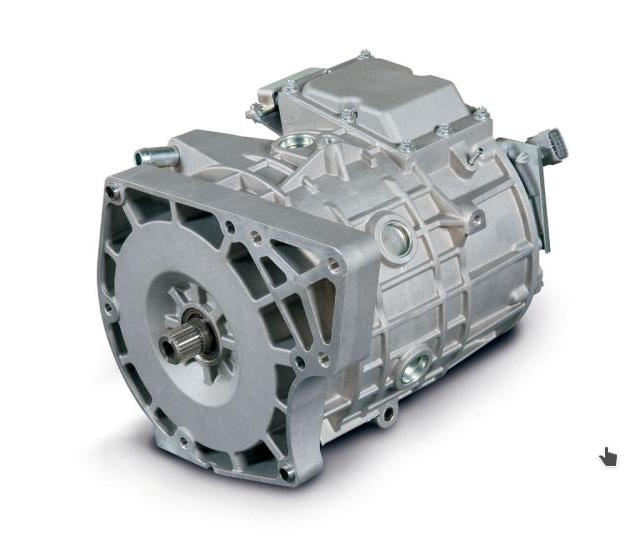
Outlander front transmission where the ICE get plugged in on one side, and on the other the generator towards the left and motor up top, and one wheel goes down the bottom right while the other plugs in on the other side.
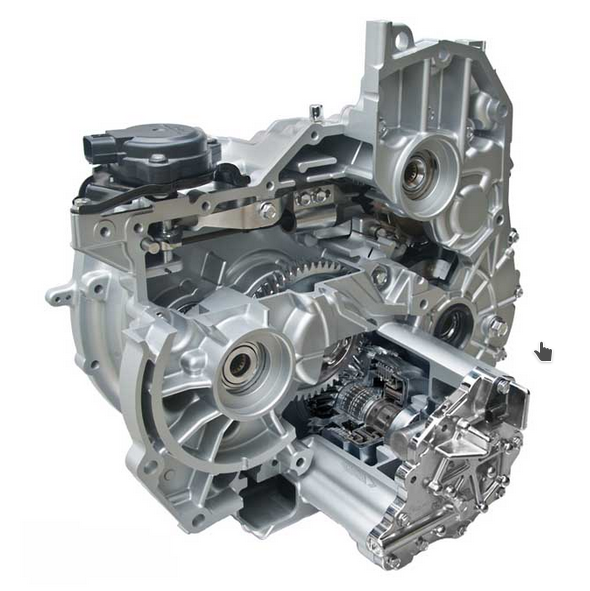
More detail of the GKN transmission (GKN also supply BMW)
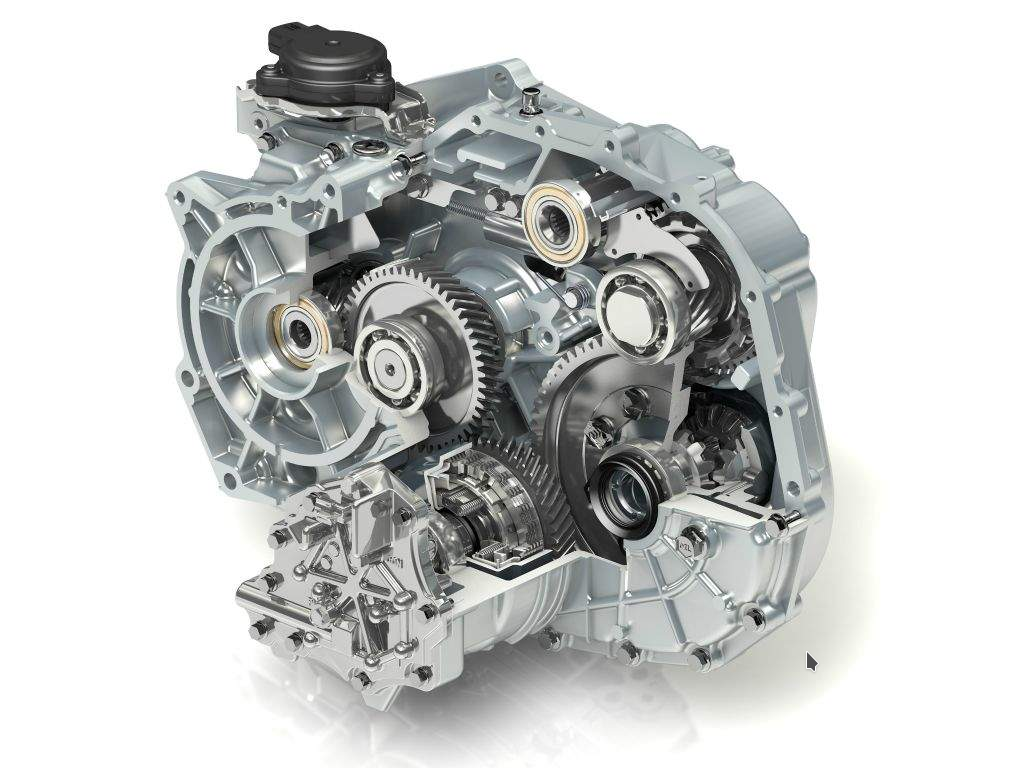
How it works animation
Front cutaway showing the engine bay

Rear cutaway showing battery, motor inverter onboard DC charger. The inverter and charger are in the car.

Full Mitsubishi PHEV teardown
